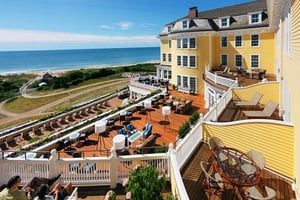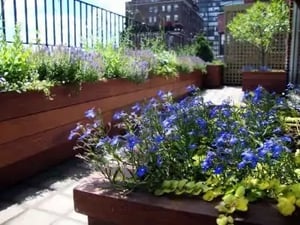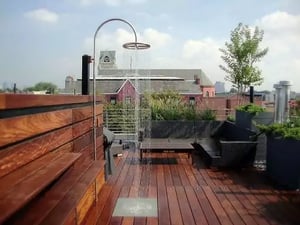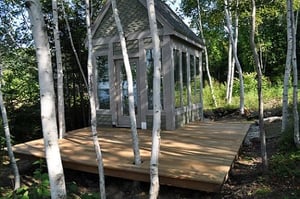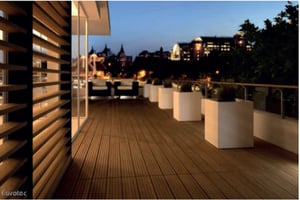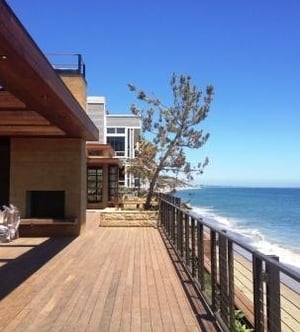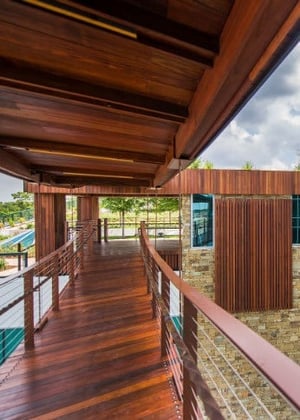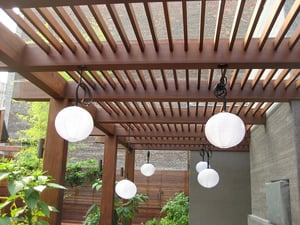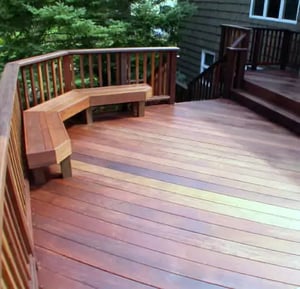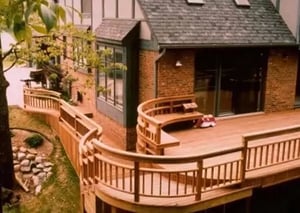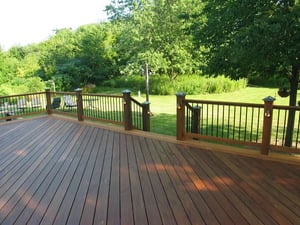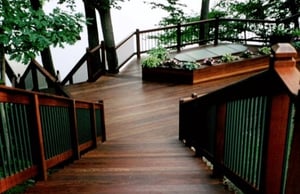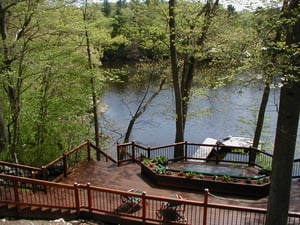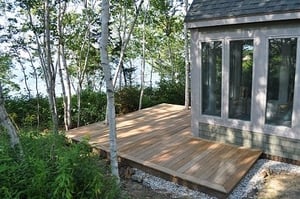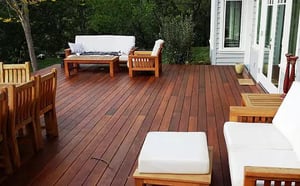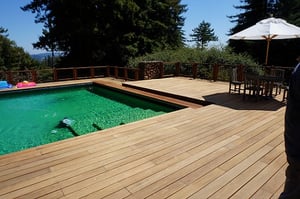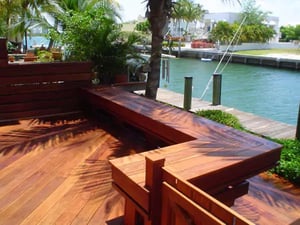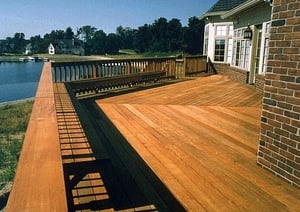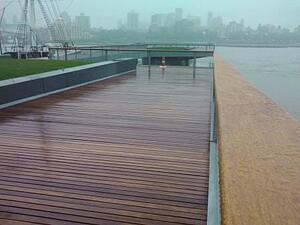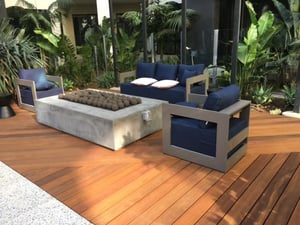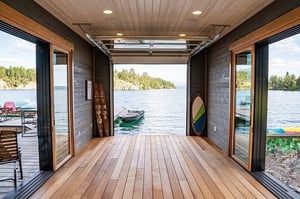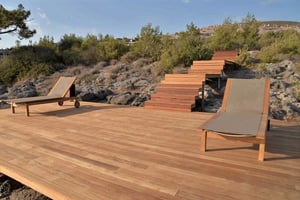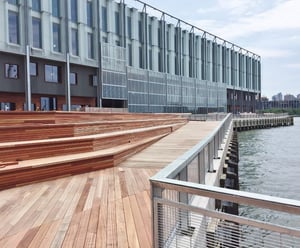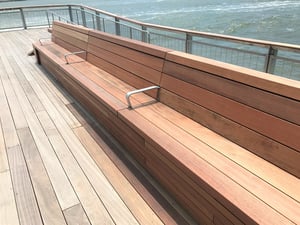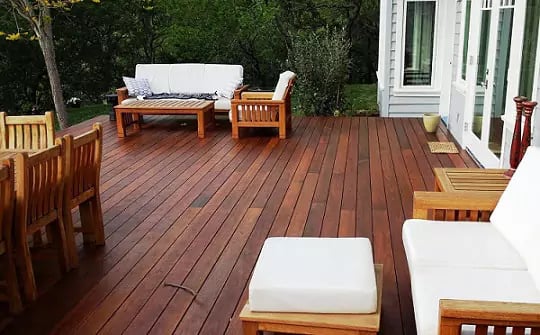
MATAVERDE® DECKING PHOTO GALLERY
Wood Deck Ideas
Get some great wood deck ideas here.
Are you looking for inspiration for your next decking design project? Our deck photo gallery is full of design ideas that capture the beauty and sophistication of Mataverde's premium hardwood decking solutions. Whether your project is commercial, residential or public, Mataverde Decking is the ideal material for exterior applications such as decks, walkways, pergolas, boardwalks and more.
Choose from beautiful all-natural hardwood decking species such as Ipe, Cumaru, Garapa, Machiche, Jatoba and more. Or select thermally modified wood decking. Let the deck pictures help you decide which style deck and wood decking species is right for you. Check out best decking wood and different types of decking. some Need some help finding the right decking sizes and species? Find the Right Decking for your project:
For a closer look at some great looking wood deck project photos, check out all the different wood decking species here:
Go to Ipe Wood Deck picture photo galleries here
Go to FSC Machiche Wood Deck picture photo galleries here
Go to Garapa Wood Deck picture photo galleries here
Go to Jatoba (Brazilian Cherry) Wood Deck picture photo galleries here
Go to Thermally Modified Wood Deck picture photo galleries here
Go to Cumaru Wood Deck picture photo galleries here
Go to Weathered Wood Deck picture photo galleries here
Go to FSC Santa Maria Wood Deck picture photo galleries here
Go to Rooftop Deck picture photo galleries here
Go to Marine Wooden Deck and Boardwalk picture photo galleries here
Go to Ipe Project pictures photo galleries here
Go to Pergola Projects picture photo galleries here
Need some more deck ideas or deck design inspiration?
Download the "Deck Design Ideas Project Portfolio" today



